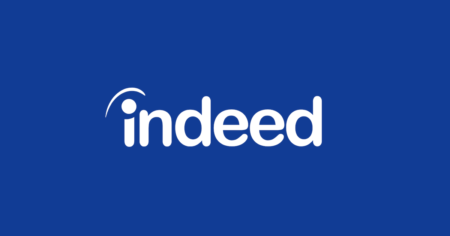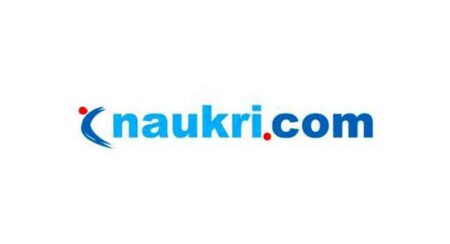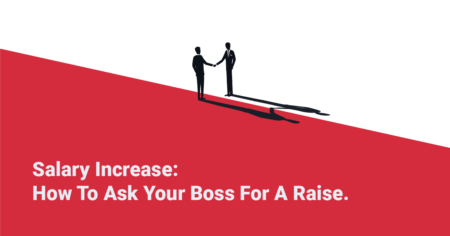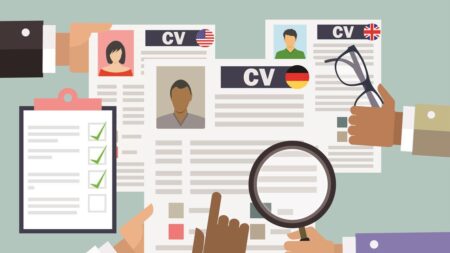If you’re wondering whether a LinkedIn profile is necessary, the short answer is yes. Even if your resume is already strong, LinkedIn provides a unique platform for professional growth, networking, and job opportunities. With over 600 million profiles, LinkedIn is one of the most effective ways to make connections, showcase expertise, and access career opportunities that might not be publicly advertised.
Some professionals hesitate to create a LinkedIn profile, either because they’re unsure of its value or feel they don’t need one if they’re not actively job hunting. However, LinkedIn is more than just a job search tool — it’s a powerful networking and branding platform that can help you build credibility and stay visible in your industry.
Here are a few key reasons why creating a LinkedIn profile is a smart move:
1. Increase Your Visibility and Searchability
Many companies search for potential employees on LinkedIn before publicly posting job listings, making your profile a digital resume that recruiters and hiring managers can find with ease. If your profile is well-optimized, you might receive job offers or collaboration opportunities without even applying.
How to Make Your Profile Stand Out
The first few lines of your profile — your name, title, and most recent position — are the most crucial. These details, along with your profile picture, appear in LinkedIn search results, so make sure they are accurate and up to date. Use a clear, professional photo, as profiles with pictures receive significantly more engagement than those without one.
Your LinkedIn bio should be engaging but to the point. While you can take a more casual tone compared to a resume, avoid overused phrases like “results-driven” or “passionate professional”—recruiters rarely search for those terms. Instead, use specific keywords related to your industry to improve your visibility in LinkedIn searches.
Additionally, since LinkedIn profiles are indexed by Google, your profile could be the first impression a recruiter, potential client, or employer gets when they look you up online. Even if you don’t actively use LinkedIn to search for jobs, keeping your profile updated ensures that anyone researching you finds professional, relevant, and well-organized information.
2. Tap Into LinkedIn’s Job Board and Hiring Network
With millions of job listings, LinkedIn’s job board is a valuable resource for job seekers. Companies actively recruit on LinkedIn, and if your profile is optimized, you could be approached for opportunities that match your skills.
How LinkedIn Helps Your Job Search
- Recruiters Often Find You First: Many hiring managers review LinkedIn profiles before looking at resumes, meaning your LinkedIn could play a bigger role in getting you hired than you realize.
- Job Listings and Alerts: LinkedIn allows you to search for jobs using keywords, location, and experience level, making it easy to find relevant positions. You can also set up job alerts to receive notifications when new opportunities match your interests.
- Networking for Opportunities: Before applying for a job, you can research the company and connect with employees who might provide insider tips or referrals. A warm introduction through LinkedIn can sometimes be more effective than submitting a traditional application.
For those looking for a seamless application process, many job postings on LinkedIn allow you to apply directly through the platform using your profile, eliminating the need to fill out lengthy job applications.
Even if you’re not currently searching for a job, setting up job alerts ensures that you stay informed about new opportunities in your field without actively looking.
3. Build Your Professional Brand
Your LinkedIn profile acts as a personal website for your professional life. If someone Googles your name, your LinkedIn page is likely to be one of the first results, so why not make sure it represents you well?
How to Strengthen Your Brand on LinkedIn
LinkedIn allows you to highlight:
- Your Work Experience: Just like a resume, your profile should detail your roles, achievements, and skills.
- Professional Certifications & Awards: Showcase your credentials to enhance credibility.
- Industry Expertise & Thought Leadership: You can write articles, share insights, or post updates to position yourself as an expert in your field.
If you’re unsure how to create a compelling LinkedIn profile, professional writers can help by crafting a keyword-optimized summary that highlights your skills and achievements, making your profile more attractive to recruiters and hiring managers.
4. Showcase Your Personality Beyond a Resume
Unlike a resume, which is typically limited to work experience and skills, LinkedIn gives you the flexibility to add personal details that reflect your character and interests. Sharing hobbies, memberships in professional organizations, and personal achievements allows recruiters and potential employers to see who you are beyond just your qualifications.
Why Personalization Matters
- Recruiters want to see the full picture. Including volunteer work, hobbies, or side projects helps employers gauge cultural fit.
- It makes networking easier. Sharing personal interests can create common ground with other professionals, making your profile more memorable and approachable.
Your “About” section is the best place to introduce your personality, goals, and motivations in a way that feels natural. Unlike a rigid resume summary, you can write in a more conversational tone while still keeping it professional.
5. Expand Your Professional Network
Networking is one of the most important career-building tools, and LinkedIn is designed specifically for that purpose. Unlike in-person networking, which requires attending events or scheduling meetings, LinkedIn allows you to connect with industry professionals from anywhere.
How to Use LinkedIn for Networking
- Connect With Colleagues and Industry Leaders: Reaching out to past coworkers, managers, and peers helps keep professional relationships alive even after you move on to new roles.
- Follow Companies and Influencers: Staying updated on industry news and engaging with content from thought leaders can position you as an informed professional.
- Reconnect With Past Contacts: That person you met at a conference three years ago? Instead of losing touch, add them on LinkedIn with a personalized note about how you met. Keeping these connections warm can be valuable for future collaborations or job referrals.
Even if you hate traditional networking, LinkedIn makes it easy to stay in touch with connections and build a professional network at your own pace.
Don’t Miss Out on Opportunities — Create Your LinkedIn Profile Today
Think of LinkedIn as an extension of your resume, but with more opportunities for engagement, visibility, and networking. Whether you’re actively job hunting or simply want to build your professional brand, LinkedIn is an essential tool in today’s digital job market.
If you’re still on the fence, ask yourself this: Can you afford to miss out on potential career opportunities just because you don’t have a profile? If the answer is no, then take the time to create and optimize your LinkedIn page — you never know where it might lead.





